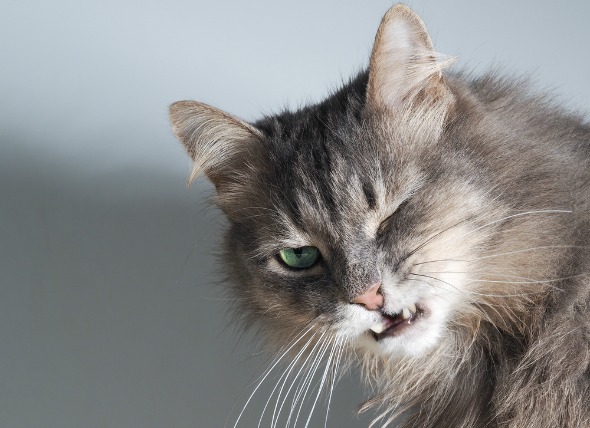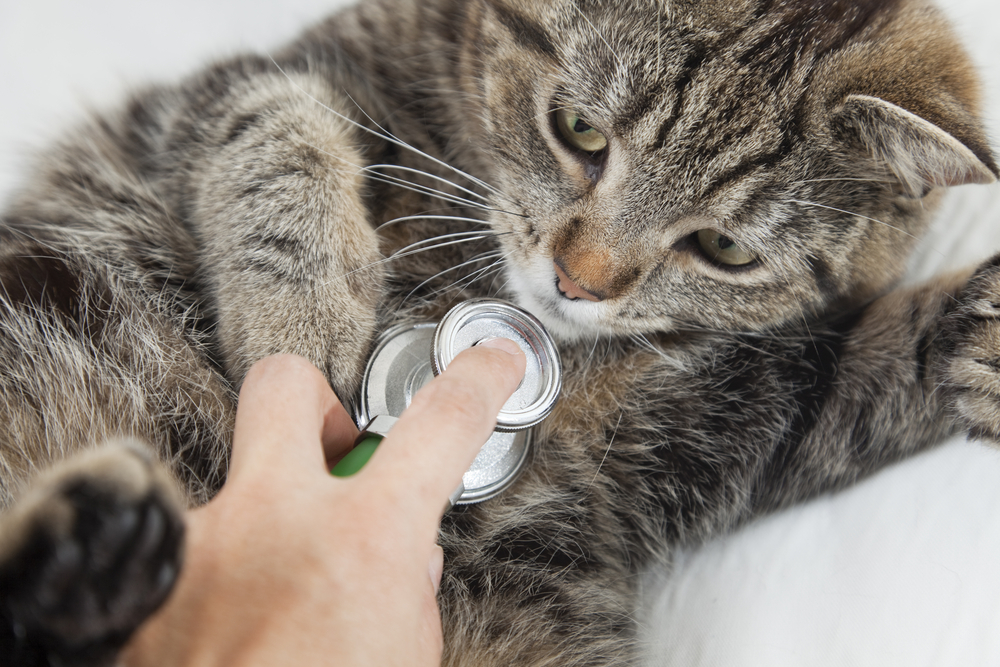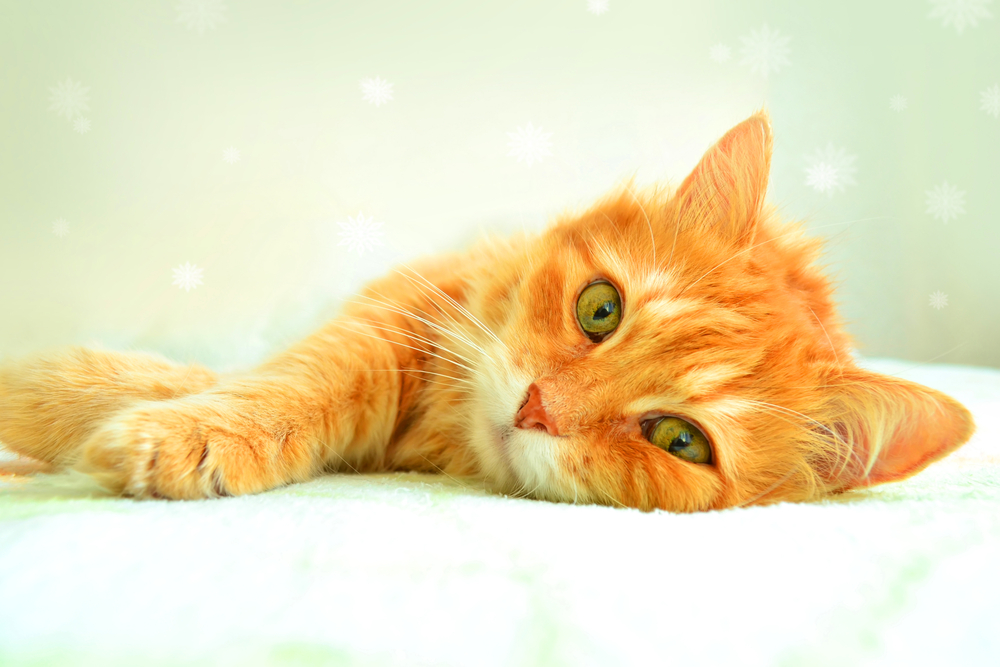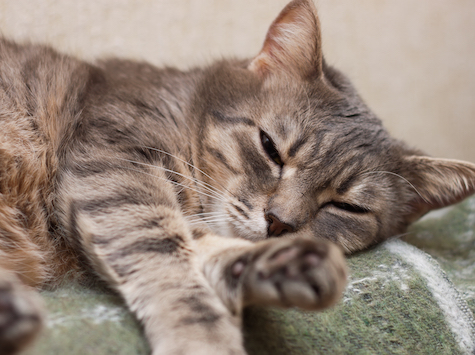

Vaginal discharge refers to any substance (mucus, blood, pus) excreted by the cat's vagina. Because there are so many causes for this medical condition, consulting a veterinarian is highly recommended.
Vaginal discharge can affect both dogs and cats. If you would like to learn more about how this disease affects dogs please visit this page in the PetMD pet health library.
Symptoms can include discharge (mucus, blood, pus) from the cat's vagina, spotting of blood, scooting of the hindquarters, and a higher incidence of male attraction.
There are many risk factors which can lead to vaginal discharge; some of the more common causes include:
Estrogen medications given during some phases of the cat's heat or estrous cycle, medications containing male hormones and certain antibiotics can alter the vaginal cells, leading to excess discharge. There are also some antibiotics which can cause vaginal discharge.
Upon examination, the veterinarian may find blood, pus, urine or feces in abnormal quantities. The veterinarian will need to review the cat's medical history and make a risk assessment. In order to properly treat the condition, radiograph or injection imaging may be used to examine the cat's body to identify the underlying medical condition causing the vaginal discharge.
Outpatient treatment is sufficient under most circumstances. Medications in the form of vaginal douches and antibiotics will be used to treat the infected area.
The entire round of antibiotic treatment must be completed to ensure a full recovery.
Spaying can help to reduce the likelihood of vaginal infections. For birthing cats, make sure that all of the uterine contents have left the cat's body, and be observant of excess blood or discharge after the birth.
 Eye Injuries in Cats
Corneal and Scleral Lacerations in Cats
In
Eye Injuries in Cats
Corneal and Scleral Lacerations in Cats
In
 Acute Respiratory Distress Syndrome (ARDS) in Cats
Shock Lung in Cats
Acute Respiratory Distress Syn
Acute Respiratory Distress Syndrome (ARDS) in Cats
Shock Lung in Cats
Acute Respiratory Distress Syn
 Staph Infection in Cats
Staphylococcal Infections in Cats
The Staphylococ
Staph Infection in Cats
Staphylococcal Infections in Cats
The Staphylococ
 Aspirin Poisoning in Cats
Aspirin Toxicity in Cats
Aspirin, a non-steroidal
Aspirin Poisoning in Cats
Aspirin Toxicity in Cats
Aspirin, a non-steroidal
 How to Treat Head Pressing in Cats
By Dr. Katy Nelson, DVM
If you’ve no
How to Treat Head Pressing in Cats
By Dr. Katy Nelson, DVM
If you’ve no
Copyright © 2005-2016 Pet Information All Rights Reserved
Contact us: www162date@outlook.com